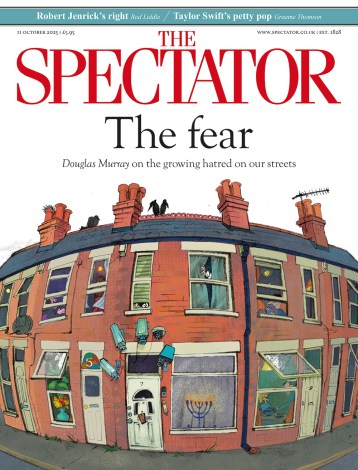John Aubrey was at his most vivacious when describing the cavaliers of his era. ‘A gallant in an age of the lewdest bawdy,’ he wrote of Lucius Carey with ill-disguised pleasure. These men were
rogues like Rochester, Lovelace and Herrick – broke, drunk and invariably syphilitic. They were also royalists, a licentious contrast to their puritanical political opponents. The ’roundheads’
regarded the cavalier’s person and politics with equal loathing, convinced that both would lead to eternal damnation. Milton’s famous evocation of pandemonium in Paradise Lost has a censorious tone
that was perhaps a reaction to the abandon of Restoration England. Renowned historian John Stubbs has returned to Aubrey’s fascination by rexamining the term ‘cavalier’ in his latest book,
Reprobates, (reviewed recently for the Spectator by Robert Stewart). Below, Stubbs gives a racing précis of his research and
conclusions.
When we think of the term ‘cavalier’, we think of a royalist soldier in the civil wars of 1641-49 that were fought between king and Parliament. But in earlier decades the term denoted what some
circles chose to excuse as ‘a gay blade’ or a gallant, and which others decried more frankly as a rogue. In the streetfights of 1641 the word came to life as a term of abuse. In the ‘cavalier’,
supporters of the king’s opponents in parliament saw a cad and a dandy, wearing silken clothes he could not pay for, issuing challenges he was reluctant to keep, bred up on foreign habits, inclined
to popery, and tending to boast of military credentials he did not in truth possess. When the king formed an army in 1642, very few of his officers, obviously, answered this description: if it had
been otherwise, the civil war would have been very short indeed. Later in the century the word cavalier remained in use to define roughly the same side in a lasting political division – cavaliers
were supporters of Charles II in exile, and upon the Restoration upheld the old hereditary principles of pre-war times (we speak of a ‘Cavalier Parliament’ dominated by such interests).
In Reprobates, I go back to the sort of character the Parliamentarians originally summoned to mind in the ‘cavaliers’ – a parcel of rogues, fashionable, a bit brattish, promiscuous and also free-thinking. One of the key characters who answered this description in full was Sir John Suckling, poet, black sheep and gamester, along with a group of friends and cronies. The book follows the variety and idiosyncrasy to be found even within this social and artistic set, and traces it all the way from long before the war itself, through success and disaster in the armed conflict and past through the Restoration, up to and including the likes of the poet Rochester; but also taking into account the various subtler shades of cavalier wit – how the figures involved sometimes conformed to the cavalier stereotype, and at others dispelled it.





Comments